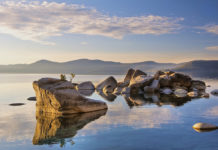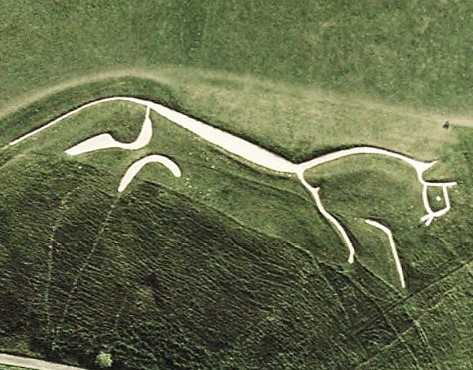Bioluminescence in Holbox
Holbox offers a fascinating glimpse into the world of bioluminescence. The beautiful island of Holbox is just off the northeast coast of the Yucatan Peninsula in Mexico. There are many natural wonders in this region, as well as unique phenomena. Bioluminescence is one of Holbox’s most captivating wonders. By exploring how this phenomenon works, its magic, and how visitors can experience it firsthand, the science behind it will be illuminated.
The bioluminescence in Holbox is a testament to the wonders of nature. Visitors are left in awe of the beauty and diversity of the natural world due to the captivating glow of bioluminescent organisms. As long as we appreciate and preserve this magical phenomenon, future generations will be able to witness the breathtaking bioluminescence in Holbox.
In the crystal-clear waters of the Caribbean Sea, Holbox Island, part of the Yum Balam Nature Reserve, is a hidden gem. Nature enthusiasts and adventurers alike will enjoy Holbox’s pristine white sand beaches, abundant marine life, and vibrant ecosystem.

What is Bioluminescence?
Chemical reactions within living organisms produce bioluminescence, which is light emitted by them. A variety of marine organisms exhibit this fascinating phenomenon, including plankton, jellyfish, and algae. A supernatural spectacle is created by these organisms due to their light-emitting structures, which create a captivating glow in the darkness.
Bioluminescence – The Science Behind It
Organisms that glow in the dark
In Holbox, bioluminescent organisms are mostly single-celled planktonic organisms called dinoflagellates. An enzyme called luciferase triggers a chemical reaction resulting in light emission in these microscopic organisms that contain luciferin, a pigment that emits light.
The Reactions of Chemicals
Luciferin and luciferase are released when dinoflagellates are disturbed. By oxidizing luciferin with luciferase, luciferin releases energy in the form of light. Holbox’s waters are filled with an array of colors from blue to green caused by the emitted light.
Read More – Bioluminescent Forest

Holbox: A Bioluminescent Wonder
Holbox Island
Holbox Island is the perfect setting for the bioluminescent phenomenon because of its untouched natural beauty and serene atmosphere. Bioluminescent organisms that make Holbox their home thrive in the island’s pristine beaches, mangrove forests, and diverse marine ecosystem.
Bioluminescent Phenomenon in Holbox
During the warm summer months, Holbox experiences periodic blooms of bioluminescent plankton. An ethereal glow emanates from the waters as the sun sets and darkness engulfs the island. World travelers are drawn to this natural phenomenon, which has become an attraction of its own.
Holbox’s Bioluminescence: The Magic of Nature
Glow of Enchantment
Holbox’s waters glow with a bioluminescent glow that is nothing short of magical. You will notice radiant trails of light trailing from the water as you venture into the darkness of the night. A luminous paradise is created by the glowing plankton in the sea.
Causes of Bioluminescence in Holbox
Many factors influence Holbox’s bioluminescence. In order for bioluminescent organisms to grow, water temperatures must be warm, light pollution should be minimal, and nutrients must be readily available. Natural brilliance is displayed in this enchanting display due to these unique conditions.

Experiencing Bioluminescence in Holbox
When is the best time to visit?
When dinoflagellate populations are at their peak in Holbox between May and September, it is recommended to visit during the summer months. To maximize the visibility of the bioluminescent glow, it is recommended that you visit during the new moon phase.
A variety of activities to enjoy
Holbox’s bioluminescence can be experienced in various ways. The magical ambiance of the glowing waters can be experienced on nighttime boat tours. It is a surreal experience to swim or kayak in a bioluminescent bay as every movement is lit up by the radiant plankton. As a result of these activities, people are able to connect with nature and create memories that will last a lifetime.
Preserving Holbox’s Bioluminescence
Efforts to conserve the environment
Holbox’s fragile ecosystem is actively protected by conservation organizations and local authorities due to its ecological importance. In order to preserve the natural habitats that sustain bioluminescence, visitors are educated on the importance of responsible tourism.
Tourism with a conscience
When exploring Holbox’s bioluminescence, visitors are encouraged to practice responsible tourism. To minimize the impact on the fragile ecosystem, visitors should avoid using chemical sunscreens that can harm marine life, refrain from touching or disturbing bioluminescent organisms, and follow tour operator guidelines.







